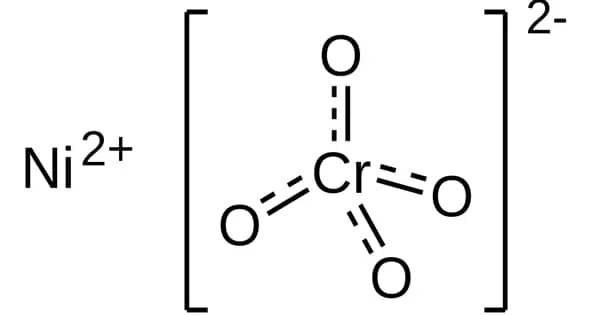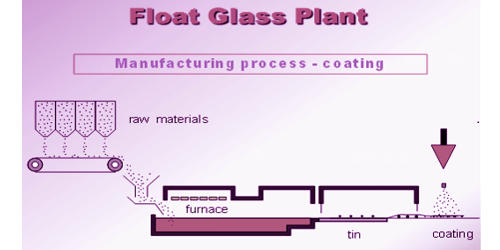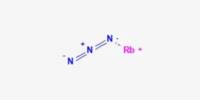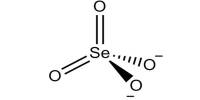Nickel(II) chromate (Chemical formula – NiCrO4) is an acid-soluble, red-brown compound with high heat tolerance. It is a chemical compound of nickel and chromium. It and the ions that make it up to have been linked to tumor formation and gene mutation in wildlife.
Nickel(II) Chromate is a nickel and chromium chemical compound. Nickel is an atomic number 28 chemical compound. It can be found in abundance in laterite ore minerals such as limonite, garnierite, and pentlandite. Nickel plays a biological role in enzymes such as urease, hydrogenase, methyl coenzyme M reductase, and carbon monoxide dehydrogenase. Chemical compounds containing the element chromium in the +6 oxidation state are referred to as hexavalent chromium. Because of its greater ability to enter cells and higher redox potential, chromium(VI) is more toxic than other oxidation states of the chromium atom.
Properties
Nickel chromate is a dark color, as opposed to most other chromates, which are yellow. Nickel chromate’s infrared spectrum reveals two sets of absorption bands. The first contains lines at 925, 825, and 800 cm-1 caused by Cr-O stretching, while the second contains lines at 430, 395, 365 (very weak) caused by Cr-O rock and bend, and 310 cm-1 caused by Ni-O stretching.
- Molecular Weight: 174.69
- Appearance: Rust-colored powder
- Melting Point: N/A
- Boiling Point: N/A
- Density: N/A
- Solubility in H2O: N/A

Synthesis
In the laboratory, nickel(II) chromate can be synthesized by heating a mixture of chromium(III) oxide and nickel oxide at 700 °C to 800 °C under oxygen at 1000 atm pressure. It is possible to produce it at 535 °C and 7.3 bar oxygen, but the reaction takes days to complete. If the pressure is too low or the temperature is too high but greater than 660 °C, nickel-chromium spinel NiCr2O4 forms instead.
Karin Brandt also claimed to have created nickel chromate through a hydrothermal process. Ni2+ ion precipitates with chromate to form a brown substance containing water.
Structure
The structure of nickel chromate is the same as for chromium vanadate, CrVO4. Crystals have an orthorhombic structure with unit cell sizes a = 5.482 Å, b = 8.237 Å, c = 6.147 Å. The cell volume is 277.6 Å3 with four formulas per unit cell.
Reaction
When heated at lower oxygen pressure around 600 °C, nickel chromate decomposes to the nickel chromite spinel, nickel oxide, and oxygen.
4 NiCrO4 → 2 NiCr2O4 + 2 NiO + 3 O2 (gas)
















